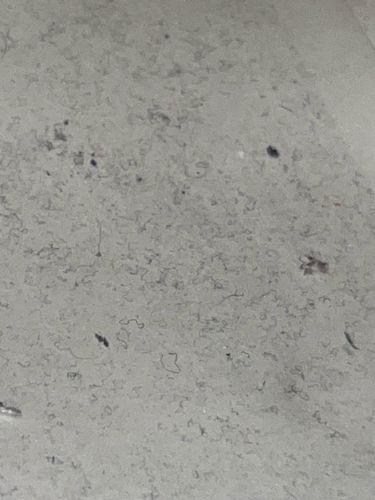Springtail
Scientific Name: Various species within the order Collembola
Order & Family: Collembola (Order); various families including Entomobryidae, Isotomidae, Sminthuridae, Poduridae, etc.
Size: Typically 0.2 mm to 10 mm, with most common species being 1-3 mm

Natural Habitat
Damp, humid environments rich in organic matter. This includes soil, leaf litter, decaying wood, compost piles, under bark, and around the edges of ponds or streams. Indoors, they are found in bathrooms, kitchens, basements, or potted plants where moisture is present.
Diet & Feeding
Springtails primarily feed on decaying organic matter, fungi, algae, and bacteria. Some species may also consume pollen or plant roots, but they are not typically considered pests of healthy plants.
Behavior Patterns
Springtails are known for their ability to jump using a furcula, a tail-like appendage folded under their abdomen. When startled, the furcula rapidly extends, propelling the springtail into the air. They are commonly found in moist environments and are often seen in large aggregations, particularly in damp soil, leaf litter, or decaying wood. They can also appear indoors in high humidity areas like bathrooms or basements.
Risks & Benefits
Springtails are generally harmless to humans, pets, and homes. They do not bite, sting, or transmit diseases. They are beneficial for ecosystem health as decomposers, helping to recycle nutrients in the soil. While their presence indoors can sometimes indicate a moisture issue, they are not destructive. In rare cases, very large aggregations might be considered a nuisance, but they do not cause structural damage or infest food.
Identified on: 8/29/2025